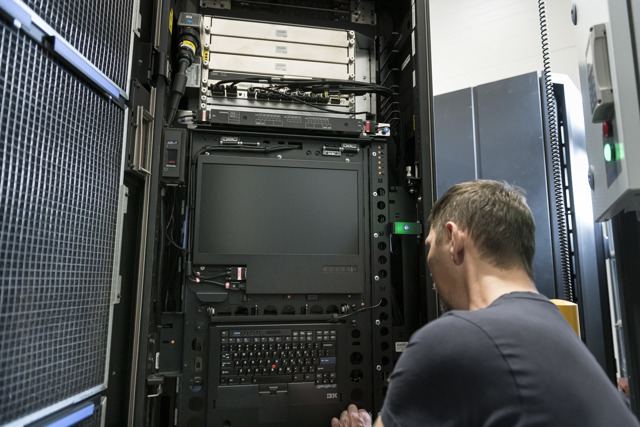
Carbon Avoidance in Data Centers: Why it Matters
Data centers are the backbone of our digital world. They store, process and transmit vast amounts of information every day.
However, this digital revolution has a significant impact on the environment, particularly in terms of carbon emissions.
The estimated amount of carbon emissions in 2021 from data centers globally was around 2% (around 200 million metric tons) of the world's total carbon emissions. This amount is expected to continue growing as data traffic increases and more data centers are built, and that is why it is crucial to implement carbon avoidance in data centers.
Carbon avoidance refers to actions taken to reduce or eliminate the emission of carbon dioxide (CO2) into the atmosphere. This is often done to combat climate change, as CO2 is a major contributor to global warming.
When focusing on reducing carbon emissions in data centers, carbon avoidance can take many forms, including the use of renewable energy sources, the implementation of energy efficiency measures and extending the life cycle of data center equipment.
Three Obvious Advantages to Reducing Carbon Emissions in Data Centers
When it comes to prolonging the life cycle of data center hardware, more companies become aware of that option, as there are three obvious advantages to reducing carbon emissions such as:
- Reduced energy consumption: By keeping hardware in use for longer periods, energy consumption can be reduced. Energy consumption is a major contributor to carbon emissions from data centers.
- Lower e-waste: Extending the life cycle of hardware reduces the amount of e-waste generated, thereby reducing the carbon footprint associated with the production and disposal of electronic devices.
- Avoided emissions from the manufacturing of new hardware: By avoiding the purchase and deployment of new hardware, emissions associated with the production and transportation of the equipment can be significantly reduced.

Third Party Maintenance
Third party maintenance (TPM) is one step to reducing CO2 emissions in data centers. As original equipment manufacturers (OEMs) offer warranty support sometimes only up to three years, this support can be extended through third party maintenance providers.
TPM can help you prolong the use of data center hardware when it is at the end of service life (EOSL). Data center hardware can function effectively for 10 or even 15 years; therefore, buying new equipment when the existing one is at the EOSL has unnecessary environmental (and financial) costs.
In conclusion, carbon avoidance in data centers is crucial for reducing the environmental impact of the digital revolution.
Adopting more sustainable ways of thinking and practices can significantly reduce energy consumption and carbon emissions from data centers, leading to a more sustainable digital future.



